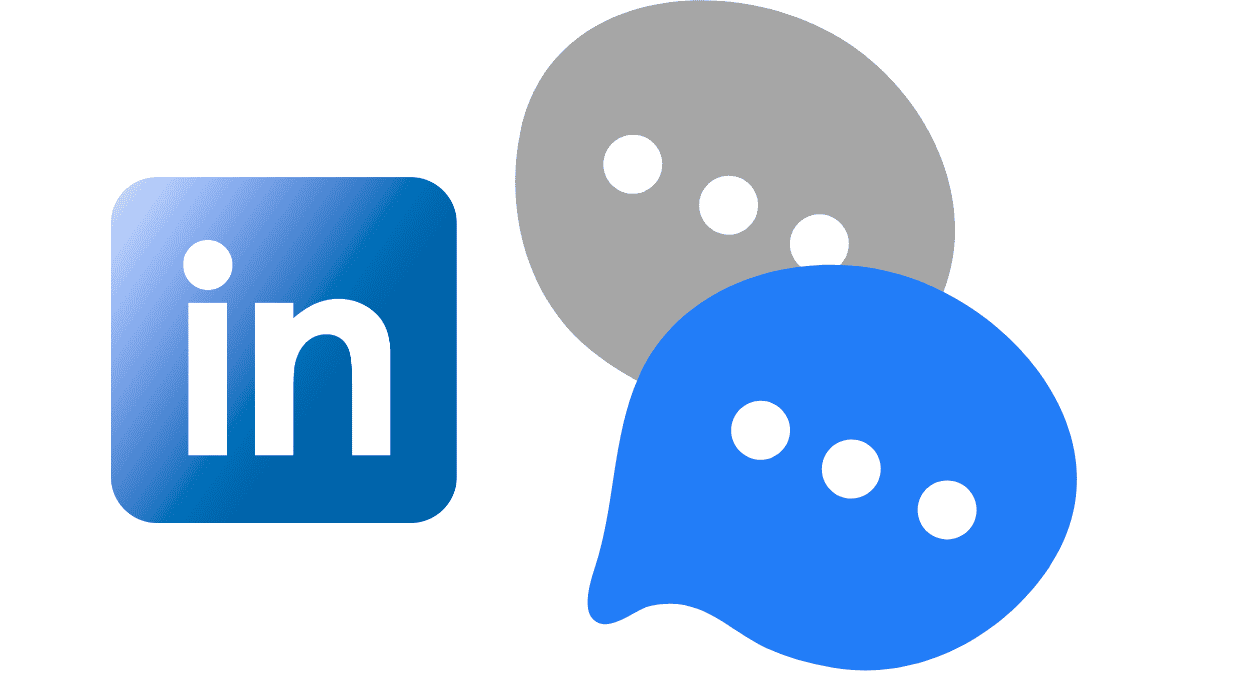Originally published Apr 15, 2019
Every sales conversation creates an opportunity for conversion. Conversion from a lead into a customer does not require super powers or manipulation. There are many misconceptions about how to "get" the conversion and how to measure it in your CRM. Before we get into the how, let us define conversion.
The traditional definition of a conversion is the process of changing or causing something to change from one form to another.
A marketing definition of conversion is getting a potential customer/client to respond to your call-to-action. When marketers talk about conversion, it often relates to views, clicks, scheduled demos, proposals, and paid transactions.
One example of a marketing / sales conversion is getting someone to open an email, while another may be someone making a purchase. These are both conversions, but they occur at different parts of the customer's journey.
I thoroughly appreciate Steven Wong's comment about conversion conversations where he writes:
"Imagine leaving the corner store with a carton of milk, only to have the store clerk follow you down the street into other shops offering to sell you the same carton of milk you just bought. How would you feel? Surprised by their instant amnesia? Annoyed that they won’t take a hint and skedaddle? Angry enough to take your business elsewhere?"
The LinkedIn Connection Sales Pitch
Are you one of those people who sends a generic sales pitch with your LinkedIn request? Yikes! You may have just scared off the other person before even getting the opportunity to start a conversation with him or her.

Get Conversions From Conversations
Conversations, unlike a social media "like" or an email "click through", offer a deeper understanding of your brand, as seen through the eyes of a customer. Keep in mind that a conversion conversation does not exclusively happen in person or over the phone. Conversion conversations also happen over online chat tools, social media comments, and other forums.
If you serve other businesses, then you will most likely need several small conversion activities to happen before the sales conversation. This may include anywhere from 7 to 10 smaller conversions, such as a LinkedIn share or email reply. It's important to continually engage with your leads by sending relevant emails, offering ways for them to engage on your website, and ways to interact with your social media posts - this is lead nurturing.
To optimize your Conversion Conversations, begin with a thoughtful marketing strategy to back up your approach. Some key questions to ask yourself include:
- Who is this person am I trying to connect with and convert?
- What is my conversion goal at each stage of his/her journey?
- What is the business objective I'm trying to accomplish?
- What value am I offering to this person?
- How would this person understand the value that my company offers? Is it a result, solution, or something else?
Every conversion conversation is unique.
I hope these quick tips were helpful for you as you approach that next sales call to convert your hot leads. Feel free to comment below with your questions and feedback.
Get Higher Conversions by Using Active Listening
Active listening is a proven and effective communication method that can be easily incorporated into your everyday marketing and sales processes. If you have not mastered the art of active listening, then conversion conversations will not be productive.
Whether it's online, in-person, over the phone, via email, or any other kind of communication, being focused on the person who is speaking/writing to you will show that you care about what they have to say.
Listening well and acting accordingly is one of the most effective ways to win business. If you are not actively listening, though, you won't know how to pitch your solution effectively or what features your customers truly value.
If you aren't an active listener, then you might miss some of the valuable signals that can help your sales process go more smoothly. The next time you need a customer to buy into your product or service, make sure you have taken a moment to listen to them closely.
The most important thing is to be patient with yourself and know that with practice you'll improve over time. Note that every person has their own listening style—you should never force yourself to listen in a way that does not feel natural for you.
Here's how you can tap into your existing listening habits and learn to listen more effectively (via MindTools:
The Tangible Benefits of Active Listening in Sales Conversations
- Better understanding of customer needs: Listening closely helps you identify both spoken and unspoken needs.
- More tailored pitches: When you understand what matters most to your audience, you can match your messaging accordingly.
- Stronger relationships: People buy from those they trust. Active listening signals respect, interest, and professionalism.
- Higher conversion rates: Engaged prospects are more likely to say yes when they feel their unique situation is understood and addressed.
- Eliminate distractions: Put away your phone, silence notifications, and focus fully on the conversation.
- Use verbal and non-verbal cues: Nodding, maintaining eye contact, and responding with “I see,” or “That makes sense,” shows you're engaged.
- Paraphrase and confirm: Repeat back what you heard to ensure understanding—“So what I’m hearing is that your main concern is…”
- Ask thoughtful follow-up questions: Dig deeper into what the customer is saying to clarify and validate their concerns.
- Pause before responding: Resist the urge to jump in with a solution too quickly. Let the person finish, then respond with insight.

